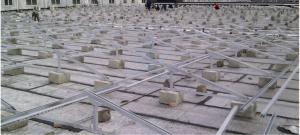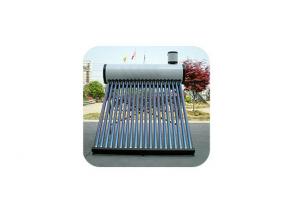Solar Ready Inverter
Solar Ready Inverter Related Searches
Solar Inverter Battery Ready Smart Solar Inverter Solar Smart Inverter Smart Inverter Solar Solar Solar Inverter Smart Solar Power Inverter Solar Converter Inverter Solar Powered Inverter Intelligent Solar Inverter Easy Solar Inverter Solar City Inverter Solar Energy Inverter Sunshine Solar Inverter Solar Rechargeable Inverter Infinity Solar Inverter Solar Inverter Upgrade Solar Home Inverter Solar Array Inverter Solar Powered Power Inverter Solar Compatible Inverter Good Solar Inverter Smart Hybrid Solar Inverter Home Solar Inverter Sun Solar Inverter Inverter Solar Solar Electric Inverter Solar House Inverter Solar Battery Inverter Residential Solar Inverter Inverter For SolarSolar Ready Inverter Supplier & Manufacturer from China
Solar Ready Inverter is a specialized type of inverter designed to optimize the performance of solar energy systems. These inverters are engineered to handle the unique demands of solar power generation, ensuring efficient conversion of DC power from solar panels into usable AC power for homes and businesses. They are equipped with advanced features such as maximum power point tracking (MPPT) and islanding prevention, which enhance the reliability and safety of solar power systems.The application and usage scenarios for Solar Ready Inverters are vast, ranging from residential rooftop installations to large-scale commercial and industrial solar farms. They are particularly beneficial in areas with fluctuating sunlight conditions, as they can quickly adjust to changes in solar panel output, maintaining a consistent power supply. Additionally, these inverters are ideal for off-grid applications, where they can provide a stable power source for remote locations without access to the main electrical grid.
Okorder.com is a leading wholesale supplier of Solar Ready Inverters, offering a wide range of options to cater to various solar power system requirements. With a large inventory and competitive pricing, Okorder.com ensures that customers have access to high-quality inverters that meet their specific needs. Their commitment to customer satisfaction and continuous improvement makes them a trusted source for solar power components.
Hot Products
















































